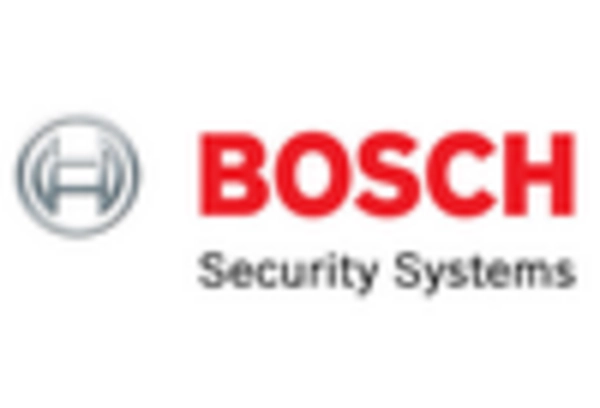The Global Fire Control System Market has been experiencing significant growth due to increasing defense budgets worldwide and advancements in technology. This market encompasses various components such as sensors, weapons control systems, and command and control capabilities, all designed to enhance the efficiency and effectiveness of military operations.
Competitive insights in this market highlight the dynamic landscape, with numerous players competing on technological innovation, product development, and strategic partnerships. Companies are leveraging their strengths to develop integrated systems that offer heightened situational awareness and improved operational capabilities for armed forces around the globe.
The emphasis on advanced technologies such as artificial intelligence, automation, and data analytics is reshaping market dynamics, leading to new opportunities and challenges among key industry participants.
Leonardo has established a strong presence in the Global Fire Control System Market by leveraging its advanced technologies and extensive experience in defense and aerospace solutions. The company focuses on developing innovative fire control systems that are tailored to meet the evolving demands of military clients.
Its strengths lie in its rich portfolio of sophisticated radar systems, electro-optical sensors, and agile command and control solutions, which are essential components in modern fire control applications.
Leonardo's commitment to research and development has enabled it to maintain a competitive edge, as it continuously enhances the capabilities of its systems to address the challenges posed by emerging threats.
Its global reach and collaborations with various defense organizations further bolster its market position, allowing it to respond effectively to customer needs while driving technological advancements in fire control systems.
Lockheed Martin is a prominent player within the Global Fire Control System Market, recognized for its innovative solutions and extensive expertise in defense systems. The company has built a strong reputation for delivering reliable and cutting-edge fire control technologies that enhance the operational effectiveness of military forces.
Lockheed Martin’s strengths include its robust portfolio of advanced systems that integrate sensors, software, and weaponry in a cohesive manner, ensuring efficient mission planning and execution. Its focus on advanced research and development initiatives has allowed it to stay ahead of technological trends, providing customers with state-of-the-art capabilities.
The company also fosters strategic alliances and partnerships within the defense sector, further enhancing its market presence and ability to deliver comprehensive fire control solutions that address the complex needs of modern warfare.


















Leave a Comment